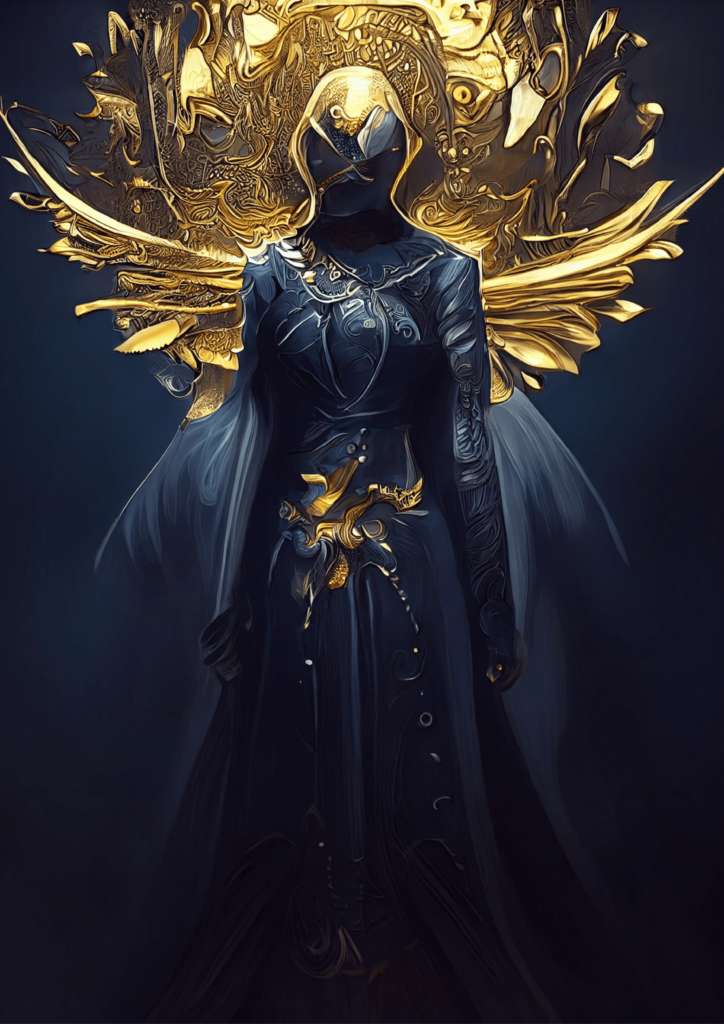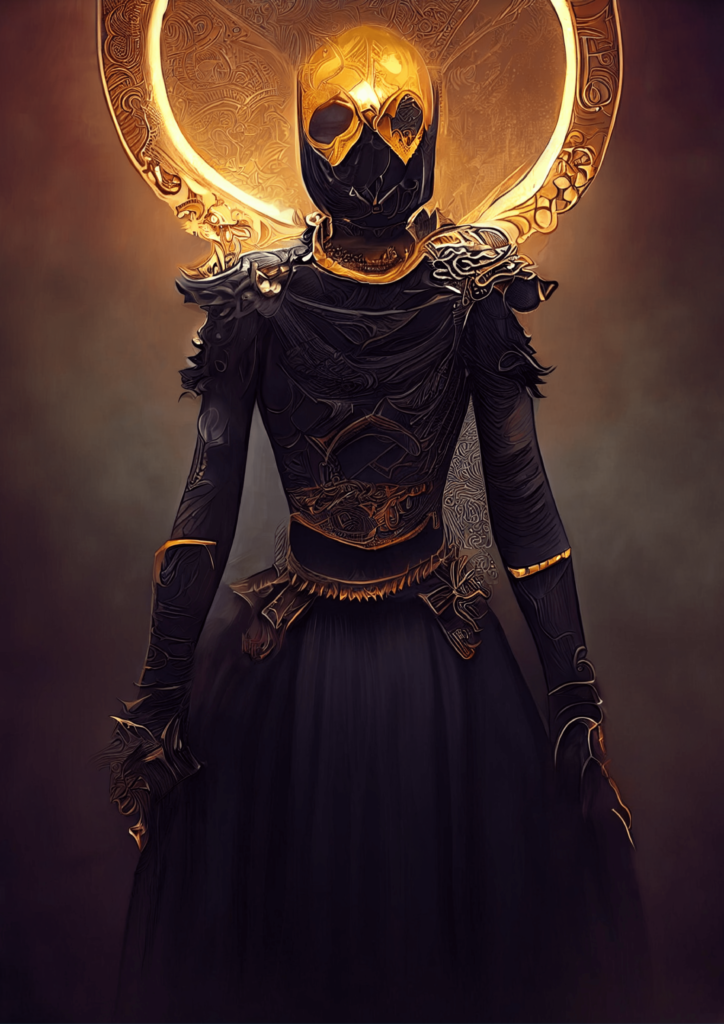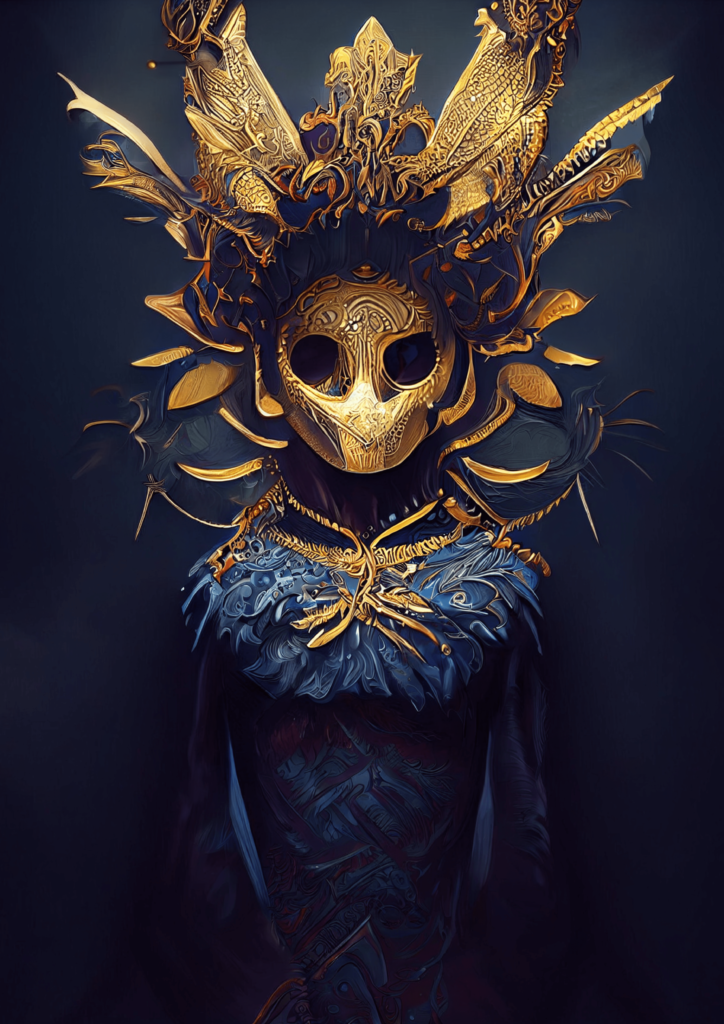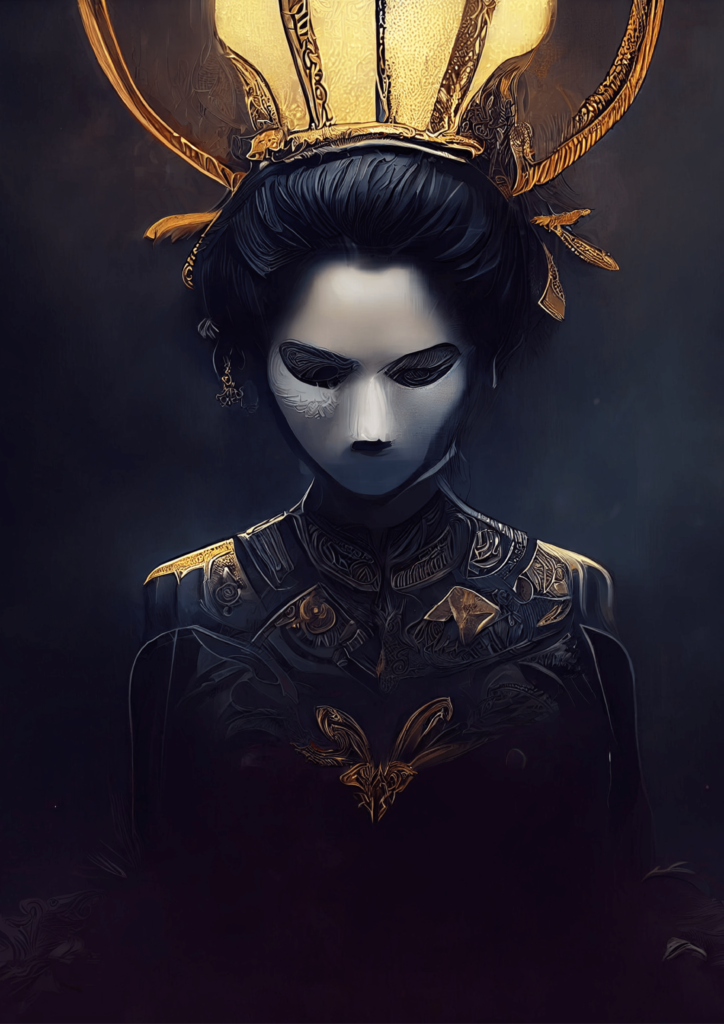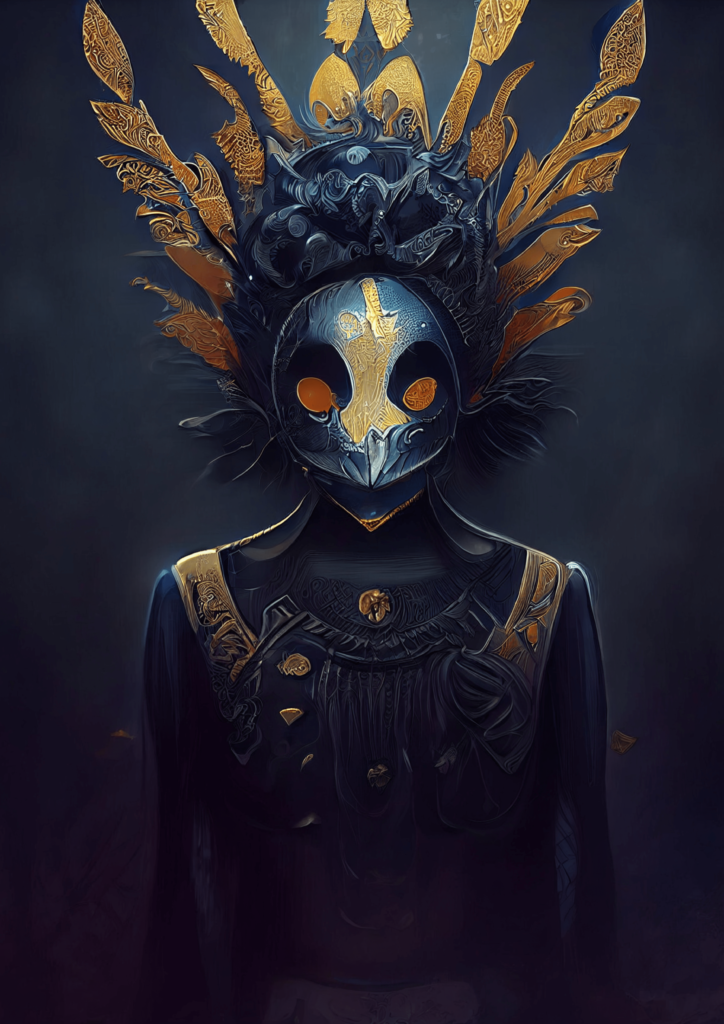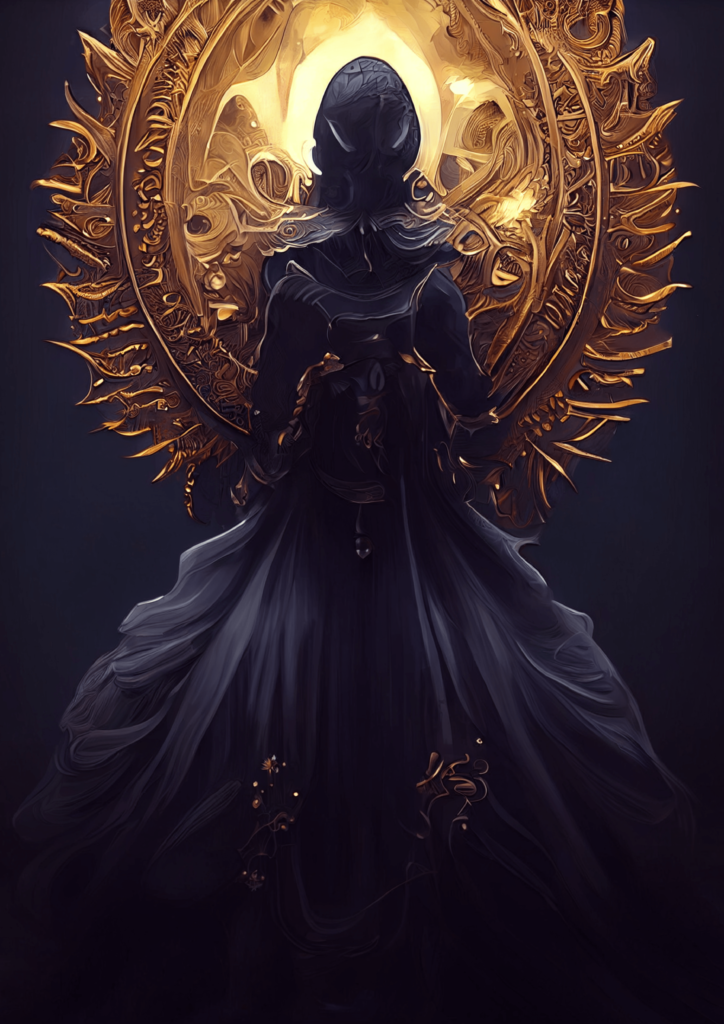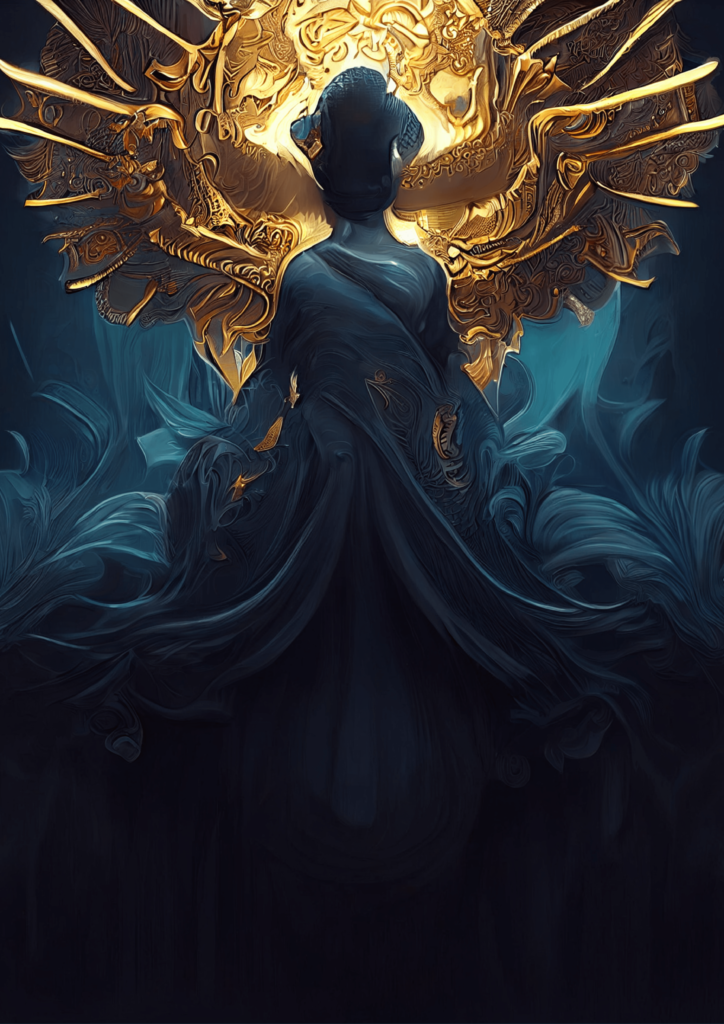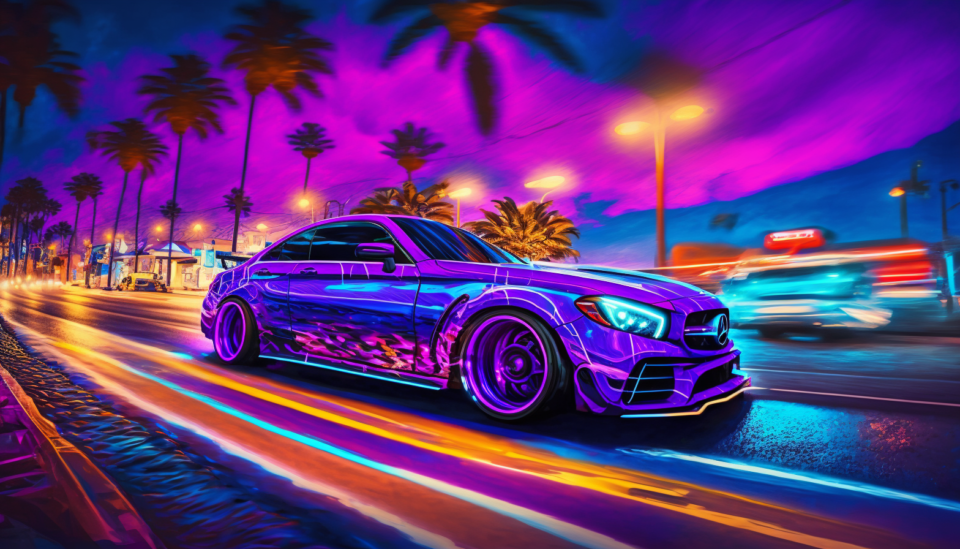
New collection – Laguna Riders
The highly-anticipated “Laguna Riders” collection is now available on BayardStore! This collection of NFTs features stunning illustrations of some of the most iconic supercars in history, rendered with incredible detail and vibrancy. Each NFT is a true work of art, representing a moment in time captured forever on the blockchain. In this blog post, we’ll take a closer look at what makes this collection so special, and why you’ll want to add it to your digital art collection today.
First and foremost, let’s talk about the cars themselves. The “Laguna Riders” collection features 12 illustrations of four legendary supercars: the Mercedes C63 AMG, the Mercedes SLR, the Ferrari GTO, and the Dodge Charger. Each of these cars is an icon in its own right, with a rich history and a cult following among car enthusiasts. The illustrations in this collection showcase these cars in motion on the roads of Laguna Beach, California, capturing the excitement and energy of driving along sunny coastal roads.
Steve Bayard, the artist behind this collection drew inspiration from their travels in California in 2008 and carefully selected the most iconic cars to feature in this collection. The legendary Mercedes C63 AMG, coveted Mercedes SLR, Ferrari GTO, and Dodge Charger are all represented in vibrant violet, purple, warm orange, pink, and red colors, creating a unique and striking effect that will add a touch of elegance to any interior.
One of the great things about NFTs is that they offer a unique opportunity for collectors to own one-of-a-kind pieces of art that are verifiably scarce and immutable. When you purchase an NFT from the “Laguna Riders” collection, you’re not just getting a digital image – you’re getting a piece of digital art that is truly one-of-a-kind. These NFTs cannot be reproduced or duplicated, making them a truly valuable addition to any digital art collection.
“I am thrilled to present this collection to the world. Each NFT in this collection is a masterpiece, a tribute to the timeless beauty and raw power of these legends.”
These stunning Laguna Riders illustrations are available now on Ozone Marketplace as an NFT asset in an edition of 100 copies available only. Don’t miss your chance to own a piece of street culture and cyber universe history.

In addition to their value as collectibles, these NFTs also offer an opportunity for customization and integration into virtual experiences. With the ability to seamlessly integrate them into your own virtual world using Ozone Studio, you can create a truly unique and immersive experience for yourself and others.
Now, let’s take a closer look at each of the cars featured in the collection. First up, is the Mercedes C63 AMG. This iconic car is known for its sleek design and powerful engine, which produces up to 503 horsepower and can accelerate from 0 to 60 miles per hour in just 3.8 seconds. It’s a true high-performance machine, and the illustration in this collection captures its beauty and power perfectly.
Next, we have the Mercedes SLR. This car was produced between 2003 and 2010 and is a true testament to the engineering prowess of Mercedes-Benz. With a top speed of 208 miles per hour and an acceleration time of just 3.8 seconds, it’s no wonder that this car has a dedicated fan base. The “Laguna Riders” illustration of the SLR showcases its sleek lines and iconic shape, making it a must-have for any car enthusiast.
Moving on to the Ferrari GTO. This car is perhaps the most famous of the four featured in the collection and for good reason. The GTO is a rare and coveted car, with only 36 ever produced. Its powerful engine produces up to 302 horsepower, and it can accelerate from 0 to 60 miles per hour in just 5.4 seconds. The “Laguna Riders” illustration of the GTO captures its unique shape and vibrant red color, making it a true standout piece in the collection.

Laguna Riders is a fine art collection of 12 digital illustrations, created by the artist and available now in limited edition NFT on the Ozone Marketplace.
Last but not least, we have the Dodge Charger. This iconic American muscle car is known for its powerful engine and classic design. The Charger has been featured in numerous films such as Bullitt (1968), Fast & Furious (2001 & 2013), and even John Wick (2014), as well as in TV shows such as The Dukes of Hazzard (1979-1985 & 2005), cementing its status as a cultural icon. The “Laguna Riders” NFT collection captures the essence of this legendary car with stunning illustrations that showcase its sleek lines and muscular curves.
Each NFT in the collection features a unique design, highlighting different variations of the Dodge Charger. From the classic 1969 model to the modern-day Charger Hellcat, collectors can own a piece of history with these one-of-a-kind digital art pieces. The “Laguna Riders” NFT collection also offers an opportunity for customization and integration into virtual experiences. Imagine showcasing your collection in a virtual gallery for others to admire. The possibilities are endless with these high-quality NFTs.
By owning a piece of the “Laguna Riders” NFT collection, you not only own a unique and valuable piece of art but also a piece of automotive history that can be passed down for generations to come. The NFTs are available for purchase exclusively on BayardStore and are priced competitively to make them accessible to collectors of all levels.
In addition to their collectible value, NFTs also offer a new way for artists and creators to monetize their work. By creating unique and verifiably scarce digital art pieces, artists can sell their work directly to collectors and fans, bypassing traditional gatekeepers and middlemen.
As the world continues to shift towards a digital-first economy, NFTs are poised to play a significant role in the future of art and collectibles. The “Laguna Riders” NFT collection is just one example of the incredible potential of this new technology.
COLLECTION
Laguna Riders is a fine art collection of 12 digital illustrations, created by the artist and available now in limited edition NFT on the Ozone Marketplace.

In conclusion, the release of the “Laguna Riders” collection is a significant event for collectors of digital art and automotive enthusiasts alike. These high-quality NFTs offer a unique opportunity to own a piece of automotive history and showcase it in virtual environments.
With its stunning designs and accessible pricing, the “Laguna Riders” collection is a must-have for any serious collector. Don’t miss your chance to own a piece of this incredible collection – visit BayardStore’s Metaverse section today to start building your collection.






